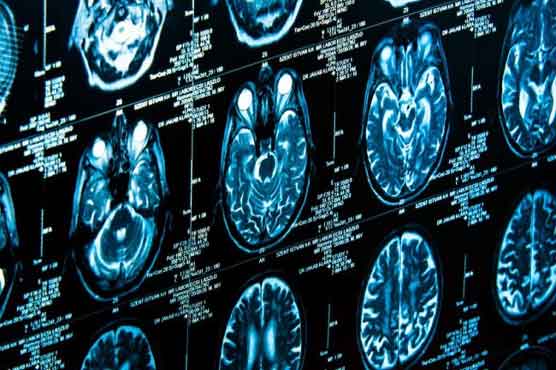Study shows dramatic rise in kids CT scans

The new findings show CT scans in children rose from less than one percent to more than 15 percent.

The new findings show CT scans in children rose from less than one percent to more than 15 percent.